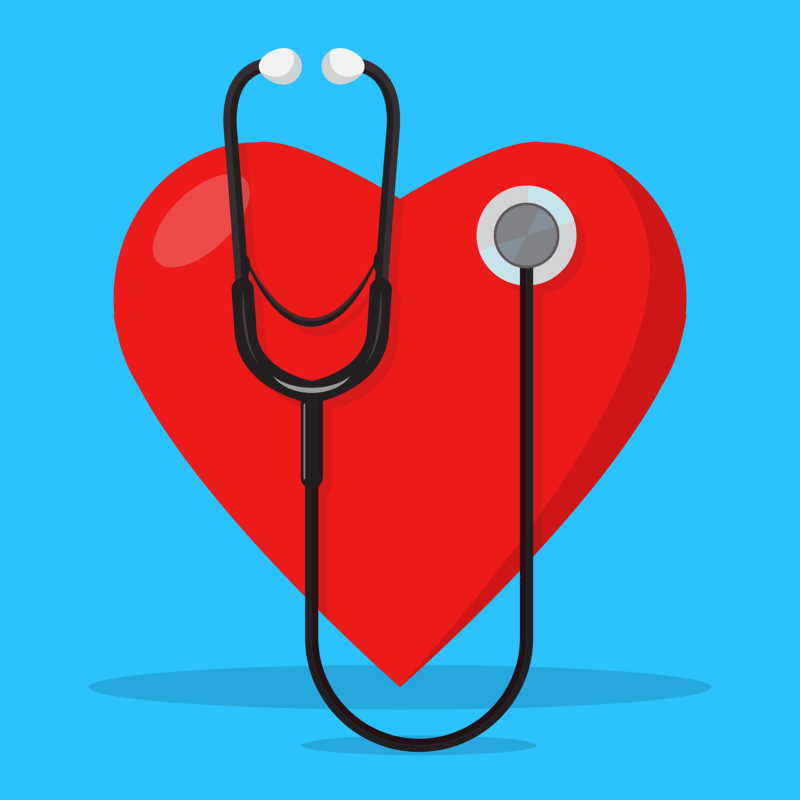Blood pressure is measured in millimeters of mercury (mm Hg). In general, hypertension is a blood pressure reading of 130/80 mm Hg or higher.
The American College of Cardiology and the American Heart Association divides blood pressure into four general categories. Ideal blood pressure is categorized as normal.)
- Normal blood pressure. Blood pressure is 120/80 mm Hg or lower.
- Elevated blood pressure. The top number ranges from 120 to 129 mm Hg and the bottom number is below, not above, 80 mm Hg.
- Stage 1 hypertension. The top number ranges from 130 to 139 mm Hg and the bottom number is between 80 and 89 mm Hg.
- Stage 2 hypertension. The top number is 140 mm Hg or higher or the bottom number is 90 mm Hg or higher. according to the world health organization
Blood pressure higher than 180/120 mm Hg is considered a hypertensive emergency or crisis. Seek emergency medical help for anyone with these blood pressure numbers.
Untreated, high blood pressure increases the risk of heart attack, stroke, and other serious health problems. It’s important to have your blood pressure checked at least every two years starting at age 18. Some people need more-frequent checks.
Healthy lifestyle habits —such as not smoking, exercising, and eating well — can help prevent and treat high blood pressure. Some people need medicine to treat high blood pressure.

Symptoms
Most people with high blood pressure have no symptoms, even if blood pressure readings reach dangerously high levels. You can have high blood pressure for years without any symptoms.
A few people with high blood pressure may have:
- Headaches
- Shortness of breath
- Nosebleeds
However, these symptoms aren’t specific. They usually don’t occur until high blood pressure has reached a severe or life-threatening stage.
When to see a doctor
Blood pressure screening is an important part of general health care. How often you should get your blood pressure checked depends on your age and overall health.
Ask your provider for a blood pressure reading at least every two years starting at age 18. If you’re age 40 or older, or you’re 18 to 39 with a high risk of high blood pressure, ask for a blood pressure check every year.
Your care provider will likely recommend more-frequent readings if have high blood pressure or other risk factors for heart disease.
Children aged 3 and older may have blood pressure measured as a part of their yearly checkups.
If you don’t regularly see a care provider, you may be able to get a free blood pressure screening at a health resource fair or other locations in your community. Free blood pressure machines are also available in some stores and pharmacies. The accuracy of these machines depends on several things, such as the correct cuff size and proper use of the machines. Ask your healthcare provider for advice on using public blood pressure machines.

